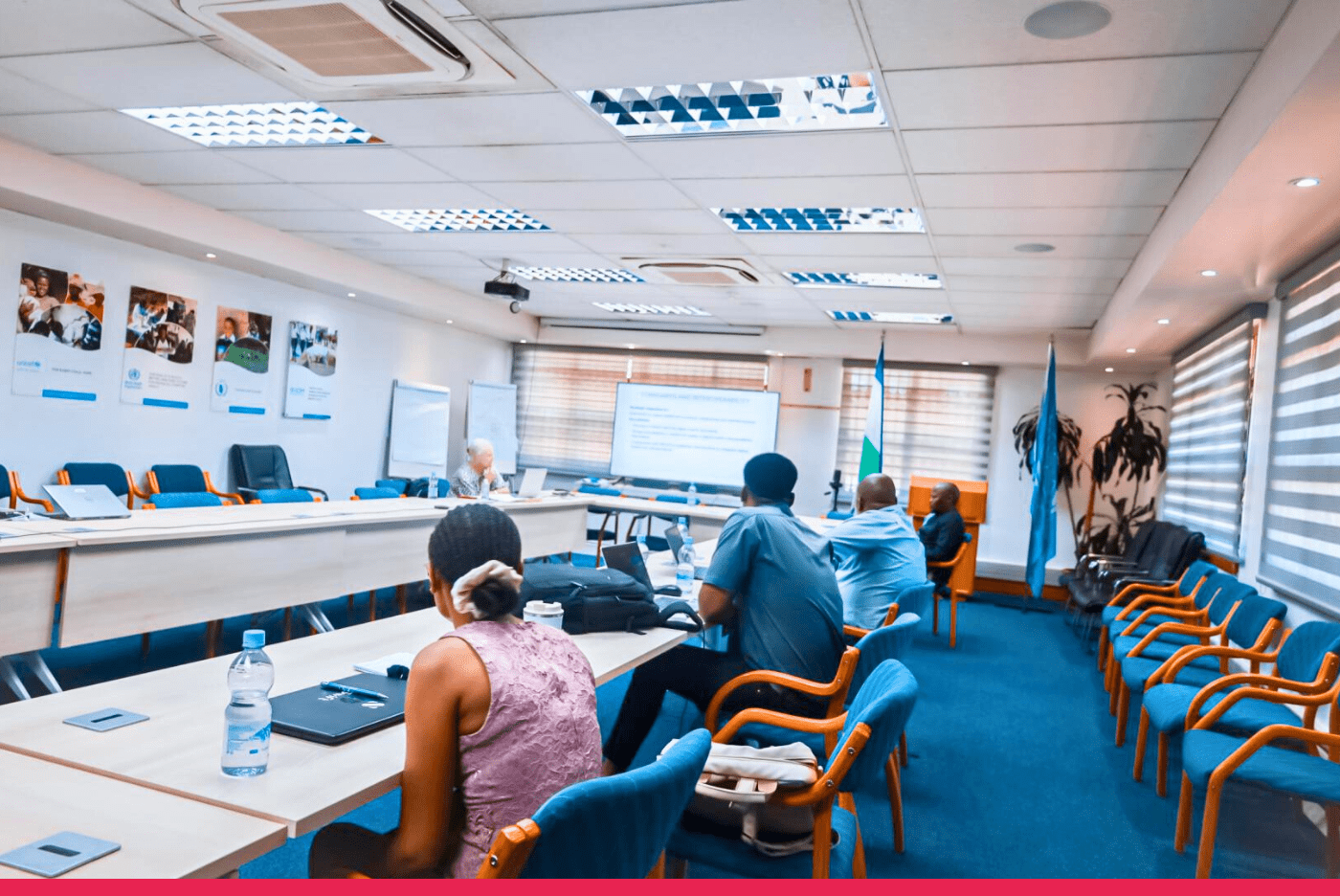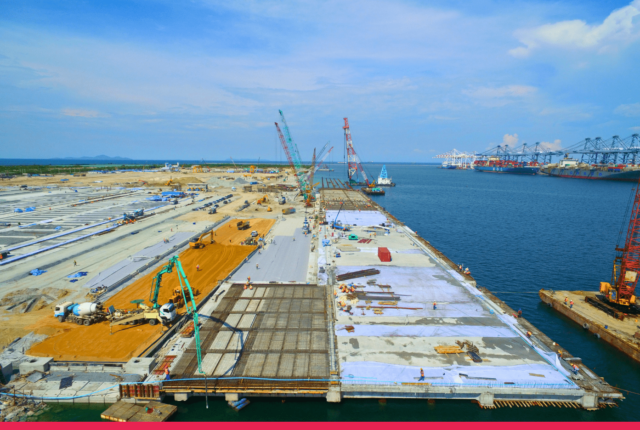
Case Study: Lesotho’s Healthcare PPP Project – Replicable Success Factors
Africa’s healthcare infrastructure gap, costing $35 billion annually (AfDB), demands innovative solutions like Public-Private Partnerships (PPPs). Lesotho’s Healthcare PPP Project, centered on the Queen ‘Mamohato Memorial Hospital (QMMH) in Maseru, is a landmark achievement. Launched in 2011, it replaced the dilapidated Queen Elizabeth II Hospital, serving 350,000 outpatients annually and reducing maternal mortality by 15% (World Bank). This case study analyzes the project’s structure, financing, risk allocation, and implementation, highlighting success factors—government commitment, clear scope, stakeholder engagement, and risk mitigation. It offers replicable lessons for projects like Kenya’s $25 billion LAPSSET Corridor, addressing pain points for policymakers, investors, and communities with actionable insights for sustainable PPPs in Africa.
Overview of Lesotho’s Healthcare PPP Project
Lesotho, a landlocked nation of 2.2 million, faces high HIV prevalence (23%) and low life expectancy (49 years) (UNDP). The century-old Queen Elizabeth II Hospital was crumbling, with staff shortages and poor services. The QMMH PPP, signed in 2008, built a 425-bed hospital and four feeder clinics, delivering advanced care, including ICU and NICU services. Operated by Tšepong (led by Netcare), it’s sub-Saharan Africa’s first integrated healthcare PPP, accredited by COHSASA for quality (World Bank).
Project Structure and Implementation
Structure
The project operates as a Design-Build-Finance-Operate (DBFO) PPP with an 18-year concession. Key components include:
- Infrastructure: A 425-bed hospital, three renovated clinics, one new clinic, and advanced equipment (ICU, NICU).
- Contractual Framework: Performance-based payments tied to KPIs, aligned with IFC standards.
- Stakeholders: Government of Lesotho (GoL), Tšepong (Netcare-led), IFC (advisory), World Bank (financing).
Financing
The $120 million project blended public and private funds:
- Private Capital: 60% from Tšepong, leveraging Netcare’s expertise.
- Public Funding: 20% from GoL, covering oversight and land.
- DFI Support: 20% from IFC and World Bank, reducing private risk.
This mix eased fiscal pressure, unlike LAPSSET’s 80% funding shortfall (AfDB).
Risk Allocation
Balanced risk-sharing ensured stability:
- Construction Risk: Tšepong bore cost overruns, completing on time in 2011.
- Operational Risk: GoL guaranteed 20,000 inpatients and 310,000 outpatients annually, stabilizing revenue.
- Financial Risk: IFC’s advisory role mitigated currency and political risks.
Challenges like higher-than-expected costs (2.5 times initial estimates) were managed through renegotiations, unlike LAPSSET’s land disputes (Oxfam, 2022).
Implementation
Implementation leveraged IFC’s expertise:
- Stakeholder Engagement: Over 50 community consultations ensured buy-in (IFC).
- Capacity Building: Trained 1,200 staff, with 60% local hires (World Bank).
- Technology: Digital systems and ICU equipment cut triage times by 84% initially (Health Affairs).
Despite cost overruns, the project achieved COHSASA accreditation, unlike 40% of African PPPs facing delays (World Bank).
Key Success Factors
Strong Government Commitment
GoL’s 2006 PPP policy and IFC partnership signaled reliability, attracting Netcare’s $72 million investment. This contrasts with Nigeria’s healthcare PPP delays due to weak policy (AfDB). Lesotho’s commitment mirrors South Africa’s PPP framework, which drew $2 billion in FDI (PwC).
- Lesson: LAPSSET needs Kenya’s 2021 PPP Act enforced to attract investors.
Clear Project Scope
The focused scope—replacing QEII with QMMH and four clinics—avoided overambition. Baseline studies ensured clarity, unlike LAPSSET’s sprawling $25 billion scope (Vision 2030).
- Lesson: LAPSSET should prioritize Lamu Port for faster wins.
Effective Stakeholder Engagement
Extensive consultations with communities and clinicians built trust, unlike LAPSSET’s 30% Lamu dissatisfaction (Oxfam, 2022). Lesotho’s approach aligns with Rwanda’s water PPP, with 60+ meetings (AfDB).
- Lesson: LAPSSET must expand its 50+ Lamu forums to Isiolo and Turkana.
Robust Risk Mitigation
Blended financing and IFC’s involvement reduced risks. Competitive bidding ensured transparency, unlike LAPSSET’s funding gaps (AfDB). The contract’s KPIs aligned with global standards.
- Lesson: LAPSSET needs DFI partnerships to secure funds.
Results and Impact
Since 2011, Lesotho’s Healthcare PPP Project has:
- Improved Access: Served 27,000 inpatients and 350,000 outpatients annually, exceeding targets (World Bank).
- Enhanced Quality: Reduced maternal mortality by 15% and neonatal mortality by 16% (PLoS One).
- Created Jobs: Employed 1,500, with 800 permanent local hires (IFC).
- Boosted Standards: Achieved COHSASA accreditation, a rarity in sub-Saharan Africa.
These outcomes support AfCFTA’s health goals and Lesotho’s universal coverage, offering a blueprint for LAPSSET’s social infrastructure aims.
Lessons Learned and Best Practices
Lesson 1: Blend Financing Strategically
The 60:20:20 funding mix minimized fiscal strain. LAPSSET can adopt AfDB’s $750 million green bonds to close its gap (AfDB).
Lesson 2: Strengthen Governance
Lesotho’s PPP policy ensured investor confidence, unlike Ghana’s weaker framework (ResearchGate). LAPSSET needs similar legal clarity.
Lesson 3: Engage Stakeholders Early
Community forums prevented disputes, a practice LAPSSET can scale to address Lamu’s protests (Oxfam). Lesotho’s model mirrors Niger’s port PPP (PPIAF).
Lesson 4: Monitor Costs Rigorously
Cost overruns highlight the need for robust budgeting, a lesson for LAPSSET’s $20 billion private capital needs (AfDB).
Applying Lessons to LAPSSET and Beyond
LAPSSET’s complex scope—ports, roads, pipelines—faces funding and community challenges. Lesotho’s lessons offer a roadmap:
- Government Commitment: Enforce Kenya’s PPP Act, as Lesotho’s 2006 policy did, to attract investors.
- Clear Scope: Focus on Lamu Port, mirroring QMMH’s targeted approach.
- Stakeholder Engagement: Expand forums to all LAPSSET regions, learning from Lesotho’s 50+ meetings.
- Risk Mitigation: Secure DFI funding, like Lesotho’s IFC support, to cover LAPSSET’s shortfall.
These practices can guide other PPPs, like Mozambique’s Maputo Hospital, ensuring sustainable outcomes (Dentons).
Challenges and Opportunities
Challenges
- Cost Overruns: QMMH’s costs, 2.5 times estimates, strained budgets (Oxfam).
- Capacity Gaps: Only 15% of African officials are PPP-trained (AfDB).
- Demand Surge: 209% neonatal ward occupancy highlights capacity issues (PLoS One).
Opportunities
- Regional Models: AU’s PIDA can replicate QMMH’s success, boosting FDI by $23 billion (PwC).
- Digital Tools: E-procurement enhances transparency, as in Kenya (KIPPRA).
- ESG Investment: $53 trillion in ESG funds by 2025 favor well-governed PPPs (UNDP).
Actionable Advice for Stakeholders
- Policymakers: Adopt Lesotho’s PPP policies, aligning with IFC standards.
- Investors: Back projects with strong governance, ensuring ESG compliance.
- Businesses: Engage in training to win contracts, as 60% of QMMH hires did.
- Communities: Join forums to shape projects, as Maseru residents did.
FAQ: Lesotho’s Healthcare PPP Project
Q: What made Lesotho’s PPP successful?
A: Government support, clear scope, engagement, and risk mitigation (World Bank).
Q: How can LAPSSET apply these lessons?
A: Streamline scope, boost engagement, and secure DFI funding (AfDB).
Q: What’s the biggest PPP challenge?
A: Cost overruns and capacity gaps—15% of officials are trained (AfDB).
Conclusion: A Healthcare Blueprint for Africa
Lesotho’s Healthcare PPP Project proves PPPs can transform African healthcare. Its success—driven by government commitment, clear scope, engagement, and risk mitigation—offers a replicable model for LAPSSET and beyond. By applying these lessons, stakeholders can address Africa’s infrastructure gap while fostering inclusive growth. Share this post, subscribe for more, or explore PPP opportunities today—Africa’s health future starts with you.



Leave a Reply